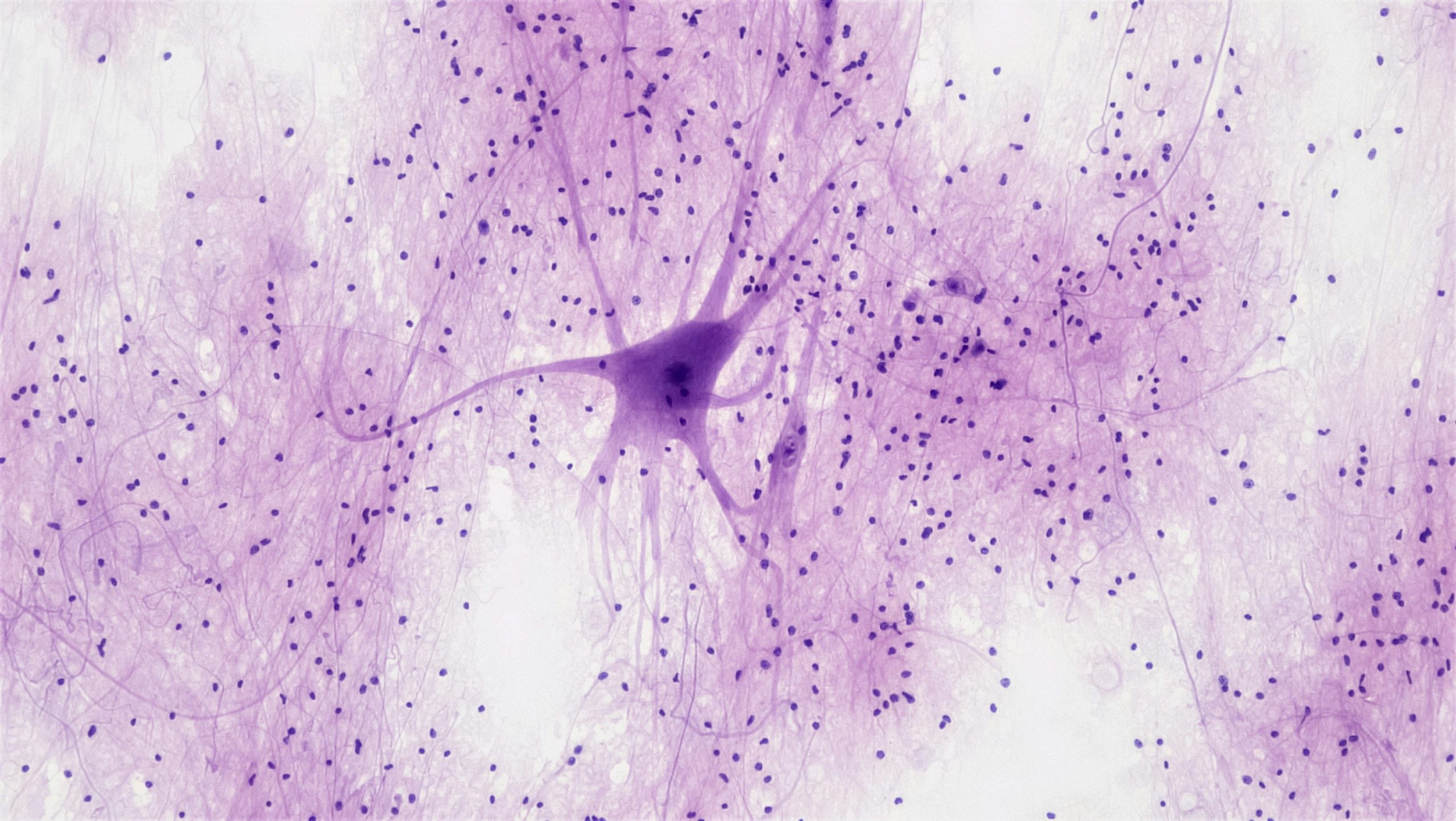Runner-up of the Hilary Term 2020 Schools’ Writing Competition
Lucy Fan, Year 10, Surrey
‘Our house is on fire. I am here to say, our house is on fire.’ This is the most famous line uttered by Greta Thunberg- the 16 year old climate change activist who’s acted as the catalyst for so many school strikes around the world, and given that ‘our house’ refers to Earth, it’s surprising how little action is being done to prevent, or fix this situation. In just over 40 years, wildlife populations have dropped by 60%, with 100 species dying each day due to tropical deforestation, and the carbon dioxide emission figures are frankly staggering. With every forest fire, oil spill, nuclear power accident and the like, the threat of having to abandon Earth in search of a new place to inhabit looms ever closer.
So, if our own home is on fire, could the solution possibly lie in Mars? The aforementioned Red Planet- notorious for being barren as a battlefield befitting the Roman god of war it was named after- has been the quarry of humanity’s unrelenting pursuit for space colonisation since the first Moon landings in 1969, or perhaps even 1610- the year in which it was discovered. It’s a topic that’s been rife with innumerable speculations about the possibility of getting there, living there and even vacationing there, until the prospect of Mars has merged into little more than a fabled entity- something to covet but never realistically achieve.
But what if it was indeed possible to live on Mars? The number of scientists believing that Mars could be a prospective contender for a second planet is on the rise, with NASA hoping to land humans on it in the 2030s. As shown by Maslow’s hierarchy of needs, if the physiological requirements for life- namely the needs for food, oxygen, water, rest and warmth are met, humans can, to the most basic level, survive- so the question just becomes of how to provide these on Mars.
It is hypothesised that food can be produced on Mars indoors under artificial lighting. NASA is currently experimenting with regenerative food systems that could allow food to be grown within the spacecraft. Though inconvenient, pre-packaged and freeze-dried food such as the ones used in the ISS now could also be an option, though that in itself raises issues as to how to maintain the vitamin levels as vitamins degrade with exposure to oxygen and fulfil the astronauts’ caloric requirements.
NASA also theorises that water can produced by compressing carbon dioxide (which makes up 95% of the atmosphere on Mars) and passing it over Martian rock samples, leading it to dissolve some of the water in the rocks and release clean water as it expands. Recent investigations have also led to the identification of what could be a lake 1.6km below the surface of Mars, so it may be that in the future a way to obtain the water and make it fit for drinking emerges. Carbon dioxide has also been proposed to feature in a theory that involves creating a self-imposed greenhouse effect of sorts on Mars in an attempt to increase the temperature above the -60°C that renders it inhospitable to humans, which could help with the issue of supplying warmth on Mars.
Finally, it is possible that oxygen can be extracted from rocks on Mars by using electrochemical cells that melt them so that oxygen is released by the process of electrolysis. Apart from being produced geologically, oxygen can also be produced biologically with the use of microbes, which might also be a latent solution to the problem, bringing us nearer to manifesting the dream of a colonised Mars.
Unfortunately, these small, and relatively flawed victories remain short lived- numerous obstacles, such as how to combat the frequent dust storms and how to get to Mars with all the equipment needed and then return persist. Despite there being a low likelihood of it being the case, the existence of other life forms could also affect the success of the missions. All in all, we may be making small steps in the right direction, but whether Mars truly does become the next leap for mankind is still a matter that remains to be seen.





